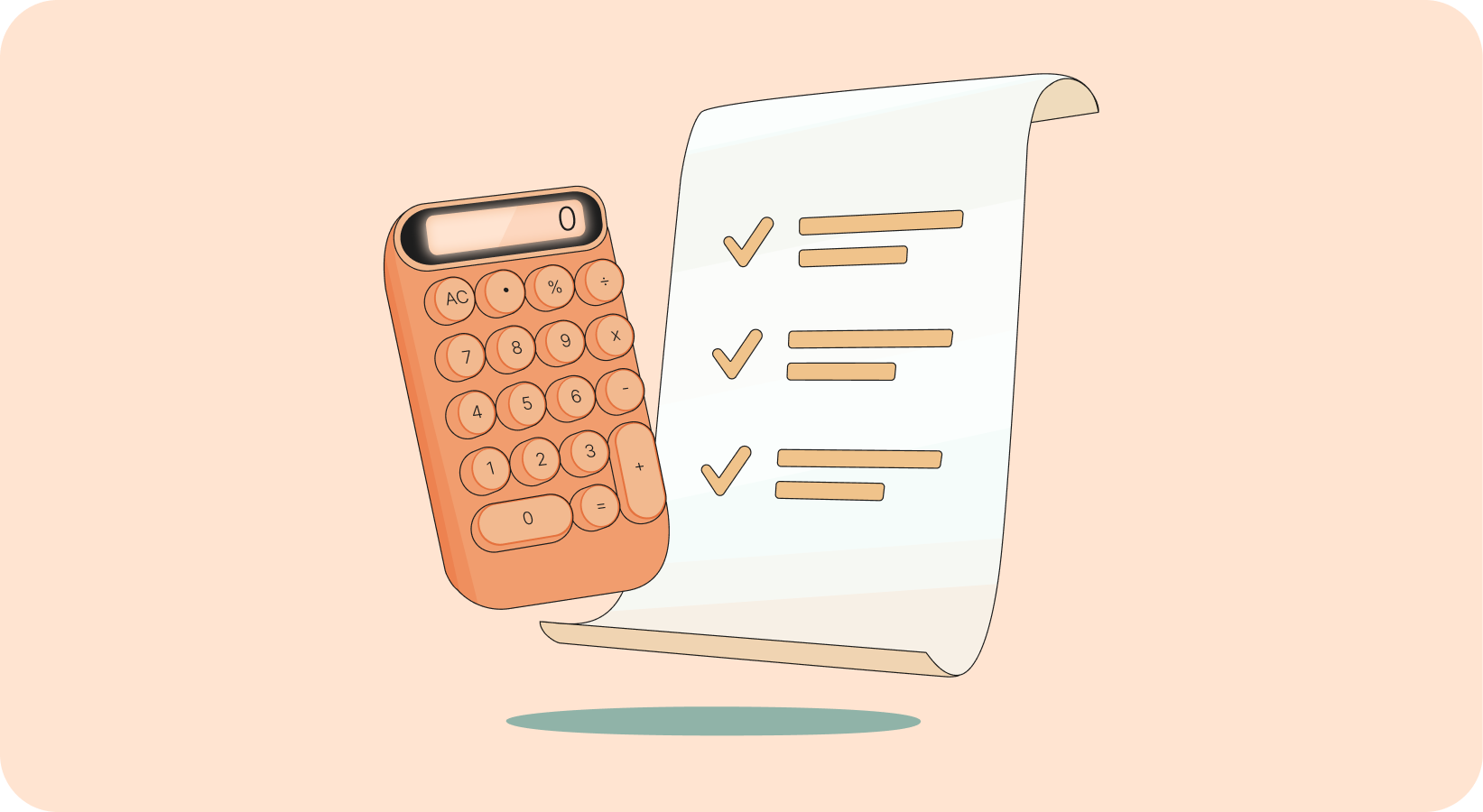If it’s your first time filing a business tax return for your therapy practice, and you’ve only ever filed a personal tax return, then the number on your tax form isn’t the only change you need to be ready for.
Depending on your business entity type, you could be facing major changes in terms of when you file, how you report income and expenses, and how much you owe.
But don’t worry. Just like personal taxes, business taxes follow clearly delineated rules. The IRS loves rules. Once you know which ones to watch out for, you’re well on your way to filing your own business taxes.
This article covers the top five differences between personal and business taxes newly self-employed therapists should watch out for.
{{resource}}
You’re responsible for filing your own business tax return
When you work for someone else and receive a paycheck, they withhold some of your income in order to cover your income tax. They also withhold money to cover your Social Security and Medicare payments, collectively called Federal Insurance Contribution Act (FICA) taxes.
That means, when you file your taxes at the end of the year, your income tax is already paid. You just need to report your total income to the IRS, and cover any additional taxes on non-employment income (e.g. capital gains).
When you work for yourself, however, it’s up to you to withhold those taxes and pay them. It’s up to you to make sure that, at the end of the tax year, you have enough cash to cover income tax, FICA, plus self-employment tax.
That’s the straightforward version, which assumes your business is a pass through entity (more on that below). If you file your taxes as a C corporation, you’ll have two tax returns to deal with: your personal tax return and the corporation’s.
Because, when it comes to how you file your business taxes, your entity type is everything.
Your business tax return depends on your entity type
When you start earning your own income by billing clients, the IRS automatically classifies you as a sole proprietor.
A sole proprietor is the default business entity in the USA. If you’re a sole proprietor, for tax purposes, you and your business are 100% identical. Anything you earn running your business is both business and personal income. Anything you spend in the course of doing business is a business expense. When you file your taxes, you’ll file a personal tax return, just like you have in the past.
However, for a number of reasons, many small businesses choose to become different types of business entities. These reasons include reduced liability in the case of debt and legal proceedings, beneficial tax treatment, and the ability to share ownership of their company with other individuals.
Your business entity type affects:
- Which tax forms you need to file
- The deadline for your tax filing
- How you report personal income and expenses, as well as your business’s income and expenses
- Who or what—the “what” being a business entity, in some cases—is on the line for unpaid debt
- How decisions about the future of the company are made, and by whom
Our guide to business entity types for therapists explains everything you need to know.
Bottom line: individual tax filers never need to choose an entity type. But every business does—and if you’re starting your own therapy practice, deciding on an entity type should be at the top of your to-do list.
{{resource}}
Your tax forms and deadlines may vary
Every individual filing taxes in the USA files a Form 1040. Every business operating as a sole proprietor files a Form 1040, too.
Outside of those particular situations, every business that isn’t a sole proprietorship files a different tax form. For corporations, it’s a Form 1120. For partnerships, it’s a Form 1065. For LLCs, it can be either.
No need to fret over the details just yet. But if tax forms are your thing, you can learn a bit more about them in our guide to business entity types for therapists.
Each tax form has its own deadline. Some are the same as personal taxes, others aren’t. See tax deadlines for therapists.
Some of these tax forms report the total amount the business earned and spent during the year, even though the business itself doesn’t pay any taxes on its income, leaving it up to individual owners or members to take care of personally. These types of businesses are called pass-through entities.
Others report income, and the business itself is on the line to pay taxes (C corporations and LLCs filing as C corporations).
The most important takeaway is that, once you start filing business taxes, the timing and rhythm of your tax season change, and so does the paperwork you have to deal with. For this reason, many new practices look for accounting solutions for therapists.
You may need to pay quarterly estimated taxes
If you’re self-employed and you expect to owe $1,000 or more in taxes for the year, you are required to pay quarterly estimated taxes. In the case of corporations, if the corporation owes more than $500, it’s required to pay quarterly estimated taxes.
When you’re an employee, your employer withholds income tax from your paycheck for you. When you’re self-employed, you need to set aside a portion of your income and use it to pay your own income taxes.
It’s rare that you pay all of that in one lump sum. Instead, over the course of the year, you pay your taxes in quarterly installments. But how can you pay your taxes if you don’t know what your total income for the year will be?
You’re expected to estimate how much you’ll make over the course of the year, calculate your income tax, and pay that amount in four quarterly installments.
What are the odds you’ll perfectly anticipate your income for the year? Pretty small. However:
- If you pay too much income tax in quarterly installments, you’ll receive a tax refund.
- If you pay too little income tax in quarterly installments, you’ll be required to pay the difference, and may incur fines.
You may be tempted to overpay. However, any extra income tax you pay amounts to an interest-free loan to the IRS, and could put a strain on your cash flow. It’s good to be as accurate as possible when paying your quarterly estimated taxes.
There are a couple of strategies you can use to make sure pay enough in quarterly taxes to avoid being fined, while also avoiding overpayment:
- Pay 90% of what you expect to owe for the year. If you fall short, you’ll have to pay the difference, but you won’t be fined. You also won’t be fined if you fall less than $1,000 short.
- Pay 100% of what you owed in taxes last year (or 110% if your adjusted gross income was over $150,000). If you fall short, you won’t be fined.
Beyond deciding how much to pay, you also have to send the IRS your cold, hard cash.
Many small business owners, as a rule of thumb, set aside 25% to 35% of what they earn each month (depending on income bracket), and use this money to pay their quarterly estimated taxes.
This can either be withheld on a per-transaction basis (set aside each time you pay), or on a recurring weekly or quarterly basis (set aside as a percentage of your total income for the period).
When your therapy practice is new and growing, it can be difficult anticipating how much you’ll owe in taxes for the year—particularly if it’s your first year filing. That’s why it’s a good idea to get help from an accountant who specializes in therapy practices.
{{resource}}
You may have more tax deductions
If all the tax rules and expectations that apply to businesses are getting you down, you may be happy to know there’s a silver lining: tax deductions.
The majority of individual tax filers opt for the standard tax deduction. That’s because, relative to a business, there aren’t many tax deductions an individual can take advantage of.
On the other hand, businesses tend to itemize their deductions, because there are many deductions they can take advantage of. If you want to see just how many tax deductions the average therapy practice qualifies for, check out our guide to tax deductions for therapists.
By carefully tracking your business expenses and holding on to receipts, you can significantly reduce your tax bill.
Yes, it means more work—you’ll have to stay on top of bookkeeping for your therapy practice, as well as learning which expenses are tax deductible.
But itemizing your deductions empowers you to take control of your business and help determine its future.
—
One of the best investments you can make early in the life of your therapy practice is hiring an accountant or bookkeeper.
Accountants give you high-level advice to help you save money on taxes and plan your financial future, while bookkeepers handle the day-to-day of tracking income and expenses. Learn more about the difference between accountants and bookkeepers, and how they work together.
This post is to be used for informational purposes only and does not constitute legal, business, or tax advice. Each person should consult their own attorney, business advisor, or tax advisor with respect to matters referenced in this post.
Bryce Warnes is a West Coast writer specializing in small business finances.
{{cta}}
Manage your bookkeeping, taxes, and payroll—all in one place.

Discover more. Get our newsletter.
Get free articles, guides, and tools developed by our experts to help you understand and manage your private practice finances.





